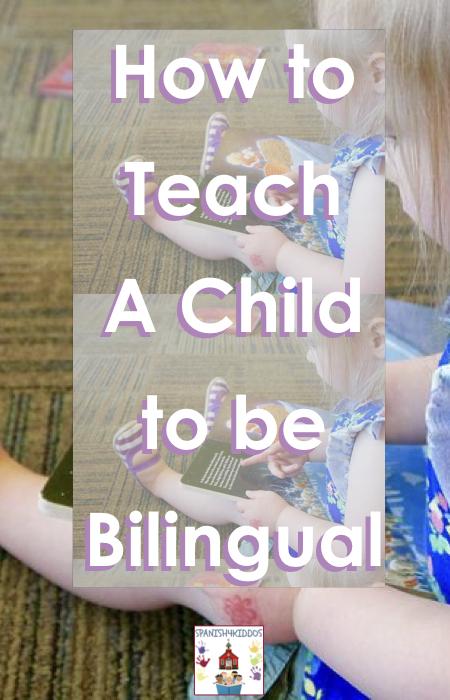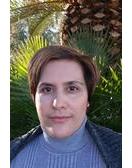
As you teach your child to be bilingual, many questions arise. Is this learning beneficial to my child? Will there be any language development concerns once your child starts school?
All these inquiries and more are valid questions. What is more challenging to address is how to incorporate a learning environment that complements with what your child learns at school? Even at the beginning stage of learning, babies initially start to gather information about the world around them.
Babies Brain and Learning
As babies develop into infants and toddlers, the language skills they learn comes from direct relation with others. As you teach your baby new words and phrases, the brain continues to grow and gather more information. While this development stage is a perfect opportunity to introduce a new language, take into considerations on how to support the learning growth.
One aspect to consider is that babies will begin to prefer one style over another. As more adults and family members speak one dominant language at home, babies will acquire that preferred language. So, be mindful when you want to introduce a language that you speak and that language spoken by others at home.
In that case, you want to encourage and practice the new language as much as possible. A valuable way to foster language usage is to use the different developments stages of babies. For instance, once your baby is one year old, the first words are common ones that you speak often.
So, take advantage of this stage and introduce a simple one English and Spanish word. Then, at two years old, babies will encounter even more words. That is, they will begin to use one syllable to two phrase words. What a fascinating time!
At this moment, you can introduce English and Spanish greetings like good morning ( Buenos días), hello ( hola), and I want more ( quiero más). Of course, grammar and mechanics are not perfect, and you should focus on babies obtaining more vocabulary every day.
Teach Your Child to be Bilingual
Teaching your child to be bilingual is a learning process for you and your child. As a result, set a schedule or a learning plan to know what material you want your child to learn. Don't leave it to chance!
- Acquiring a language, whether your child is a few months old or school age, requires dedication.
- Although videos and television shows are adequate resources to help your child learn Spanish, you want to nourish that curiosity.
- In that way, supplement those moments of learning with finger puppet activities, reading, singing, and playing.
- For instance, hands-on-learning in the form of playing and learning is an effective way babies learn.
- A recent study by the University of Washington Institute of Learning and Brain Sciences found that babies learn another language best when they interact with others during playtime.
- The program used a combination of techniques of parent and baby intense talk, variations of voice and tone, and hands-on playing to introduce another language besides Spanish.
Consequently, babies in a bilingual group acquired 74 English words and phrases more than babies in a monolingual group. Does that mean babies have to be in constant movement and play to learn? Of course, that would be exhausting. What the study suggests is babies need ongoing association with family members or caretakers to acquire a language.
- So, avoid using repetitive screen time where you might lose interaction with your child.
- Instead, read books together like Spanish nursery rhymes, Spanish lyrics, and riddles.
- Other ways to add fun ways to learn Spanish is to use themes.
- For instance, if seasons change where you live, use that time of year to introduce weather, season terms, animals, foods, and holidays.
Maintaining the Learning Process at Home
As your baby continues to grow and transitions from the developmental stage to the next, keep using various ways to learn Spanish. Perhaps, you might consider using a calendar to monitor how many words your baby acquired. In that way, you can also introduce other words or phrases associated with those terms.
Building the vocabulary, although you might not see it yet, is the essential foundation for babies to communicate. Once your baby has reached three years old, you might look into dual immersion programs, academies, or schools to support your child's language skills. With consistent efforts, your child will develop bilingual language skills that will help throughout life.
As a result, by teaching your child to be bilingual increases cognitive capabilities, problem-solving, communication, listening skills, and test-taking strategies. One of the most astonishing benefits is bilingual children tend to develop a positive growth mindset. For instance, bilingual students will approach problem-solving in different ways to come up with a solution. Which of these methods will you use to teach your child to be bilingual?

